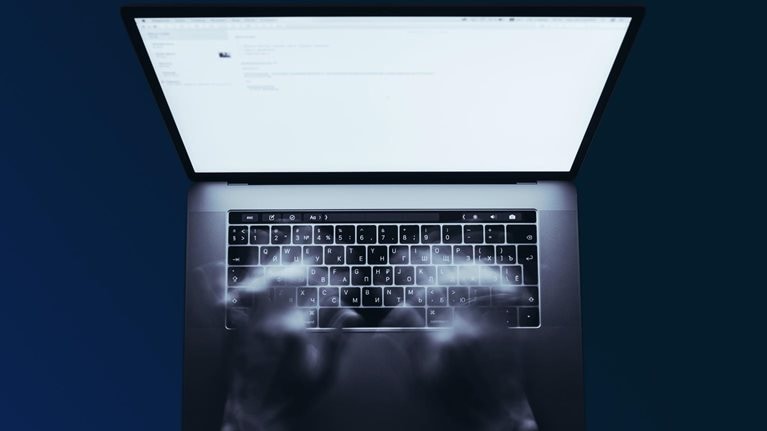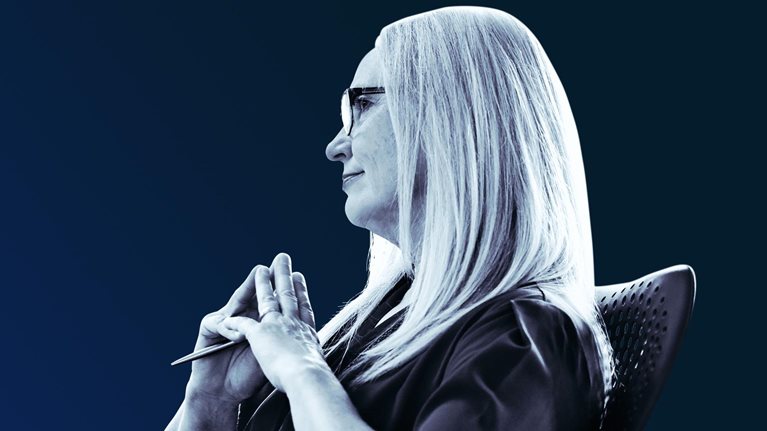Kristin Peck had only been CEO of Zoetis, the leading global animal-health company, for less than three months when COVID-19 was declared a pandemic. The ensuing shutdown orders, travel restrictions, and outbreaks around the world not only upended her 100-day plan but also compelled Peck and her leadership team to rearrange the company’s priorities and reallocate resources. Their response enabled Zoetis to focus first on employee safety and ensuring customer supply while continuing to advance its digital capabilities and orchestrate its largest-ever product launch.
While it helped that the company had a crisis plan in place, Peck also attributes the company’s success to the way that it expanded the decision-making authority of its local leaders across the 45 countries where it has a direct presence. “There are no guidebooks to making the decisions our representatives have to make every day in the field,” she told McKinsey’s Aamir Malik in a recent interview. “The answer is going to be quite different [depending on] if you’re field based, even who your customer is, and where you are in the world.” In the edited conversation that follows, Peck also discusses the importance of listening, communication, and daily structure.
Resetting priorities during the crisis
When I became CEO, I outlined five priorities for the company.1 They were meant to be long-term priorities and were therefore designed to be resilient. But as COVID-19 came, it definitely required some changes in the timing of when we implemented and pursued some of them, or in the level of financial commitments and resources devoted to them.
When COVID-19 hit hard in mid-March, the reality was that the executive-leadership team had to pivot. At that point, 80 to 90 percent of my time, seven days a week, almost 24 hours a day was spent on protecting our colleagues and protecting our customers. Therefore, some of the longer-term things took a back seat for a few weeks. After a month, we looked at the priorities and said, “Which ones do we accelerate? Which ones are more relevant than they’ve ever been?”
We had the largest product launch in the history of our company in the middle of the pandemic, Simparica Trio [a medication for dogs]. All of our R&D programs remained on track through this. It took a lot of creativity to keep testing sites and laboratories open, to find virtual ways of launching a new product to customers across the US through webinars, and to engage with customers and pet owners. It definitely required some reallocation of resources, but I think it also made us realize our five priorities were all important. As a leader, my responsibility was to balance them across the short, medium, and long term.
Empowering local leaders
My focus was on setting guiding principles that were global and empowering our local leaders to make decisions that made sense in their specific situations. The decisions were often different as COVID-19 emerged, beginning in China and then moving to Europe and the US. Geographies were at different points, and local government guidance was different.
I believe a lot of our success was from empowering our local leaders to make the decisions that they needed to, but with some guidance. Knowing there was some consistency in how we approached it, so that we weren’t making a new decision every time, let people look at decisions, understand what to expect, and learn and share best practices.
One example is how we approached the return to work. Every environment is different, and colleagues need to be safe, feel safe, and feel supported. That looks different if you’re in a manufacturing site in full PPE [personal protective equipment]. So the leaders of plants were looking at different questions. Obviously, they had protective equipment, but they wanted to keep working cohorts small, so they had to stagger shifts.
Starting with that principle [of colleague safety], the manufacturing manager would think differently, about how to implement that, from how an office looked at the return to work. How many people can go back, and what’s the physical distancing?
But it’s even more important to customize that when you think about field-based colleagues, because that has to do with the situation, how close you are with your customers. If you’re outside, for example, and your customer is a cattle customer, that’s much safer. You can wear a mask, physical distancing is much easier, and you’re probably seeing only two to three customers a day. If, instead, you work in companion animals in a city and your day used to include seeing eight customers in clinics with lots of human interaction, it’s a different answer.
The value of digital and analytics
Our digital and data analytics priority became critical. How could we operate more remotely? How do we better support our customers remotely, using diagnostic equipment, and train them on new products? And how do we ensure that our R&D programs, which are medium- to long-term priorities, remain on track, along with our new product launches?
One of the things I wanted to focus on was making more data-driven decisions. In a pandemic, there’s so much incoming data, how do you make decisions? So we created a dashboard of leading indicators. That was done market by market because decisions had to be made market by market. We looked at everything from mobility data, the percentage of vet visits either up or down, the prices of commodities such as pork or beef, so that we could get a sense of where our customers were, where the challenges were, and how to reallocate resources both across species and across markets.
We looked at some of those historically, but now we’re getting to a much more granular level to see trends coming before they get here. And some are indicators that historically we didn’t always look at. The dashboard has been helpful. We’re looking quarter to quarter at how to update our guidance by getting a sense of what we expected those trends to be and where we had said our pet-care business is going to be, or where is the pork business going to be, and where is it now. Is it actually trending? Do we think it’s going in the direction we expect? Is our resource allocation correct? So that was one specific way we leveraged digital and data.
A two-way dialogue with employees
This has been a time to bring your full self to work. I have wanted to understand what colleagues were facing around the world and make sure they felt supported and heard. It’s been important to me that colleagues understand that we were hearing them.
We sent out surveys, asking questions like, “What did colleagues feel we were doing well in the crisis? What did they wish we were doing?” We tried to listen, and then make sure my communication demonstrated that we heard them and that we were making changes that were most relevant to them.
One thing I had never imagined myself doing was weekly communication to our colleagues. But I have felt the need to overcommunicate and find channels to talk to people on or do virtual market visits. I’m doing a lot more videos, which I didn’t always do. Putting the same message in a LinkedIn post, a colleague message, a video—using multiple ways to reach our colleagues.
Taking control of the day
A coach told me about 15 years ago that how you spend your time demonstrates what’s important to you, and she was adamant with me about looking at my calendar and managing my time. So I had a really good 100-day plan for how I was going to spend my time. Obviously, the pandemic wasn’t in that plan, and once it hit I had to readjust. The first few weeks were just 24/7, which clearly wasn’t sustainable. But I had two kids on vacation the first week, so it seemed fine.
Once I was trying to figure out how to help with distance learning for two children, manage my job, and stay sane, I went back to managing my calendar.
The structure helped me, including scheduling time for me: scheduling time to exercise early in the morning and time for fun. We had family Uno competitions in my house for 12 weeks, which was a fun way to have a break in the middle of the day.
At the end of the day, I shut the door to the guest bedroom, which I’m now working in, and then go for a family walk, giving some space for me between work and sitting down to family dinner.
Core beliefs underpinning a strong culture
One of the things that makes Zoetis such a special place is how purpose-driven we are. I think it did carry us through. [What we call] our Core Beliefs—“run it like you own it,” “always do the right thing,” “our colleagues make the difference,” “we are one Zoetis,” and “customer obsessed”—are at the heart of who we are. I think that having those core beliefs meant that when this [crisis] happened, people rallied together.
I think that purpose came across to our customers as well. We were by their side asking, “What can we do to support you?” And our Core Beliefs helped our local leaders make difficult decisions every day in our plants and out in the field, and stay focused on what would be most important, in the short term, to help our customers and our colleagues.
Comments and opinions expressed by interviewees are their own and do not represent or reflect opinion, policy, position, or endorsement of or by McKinsey.


